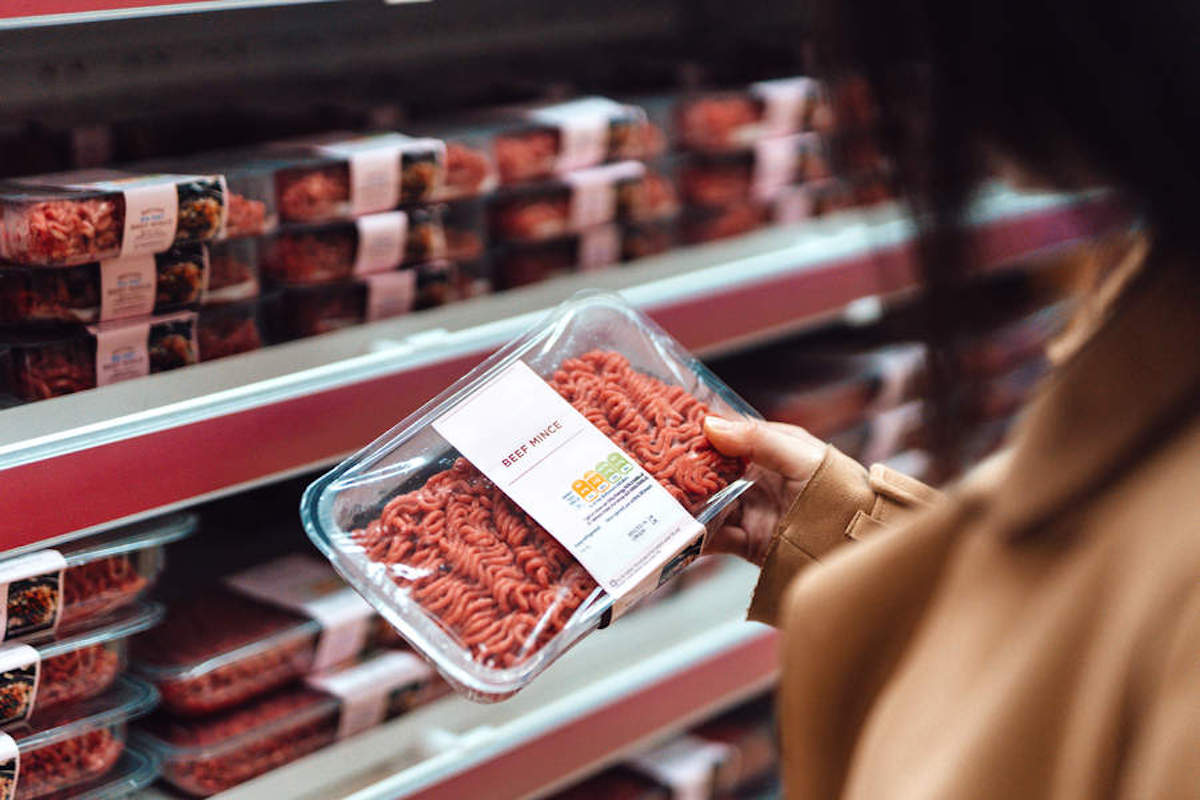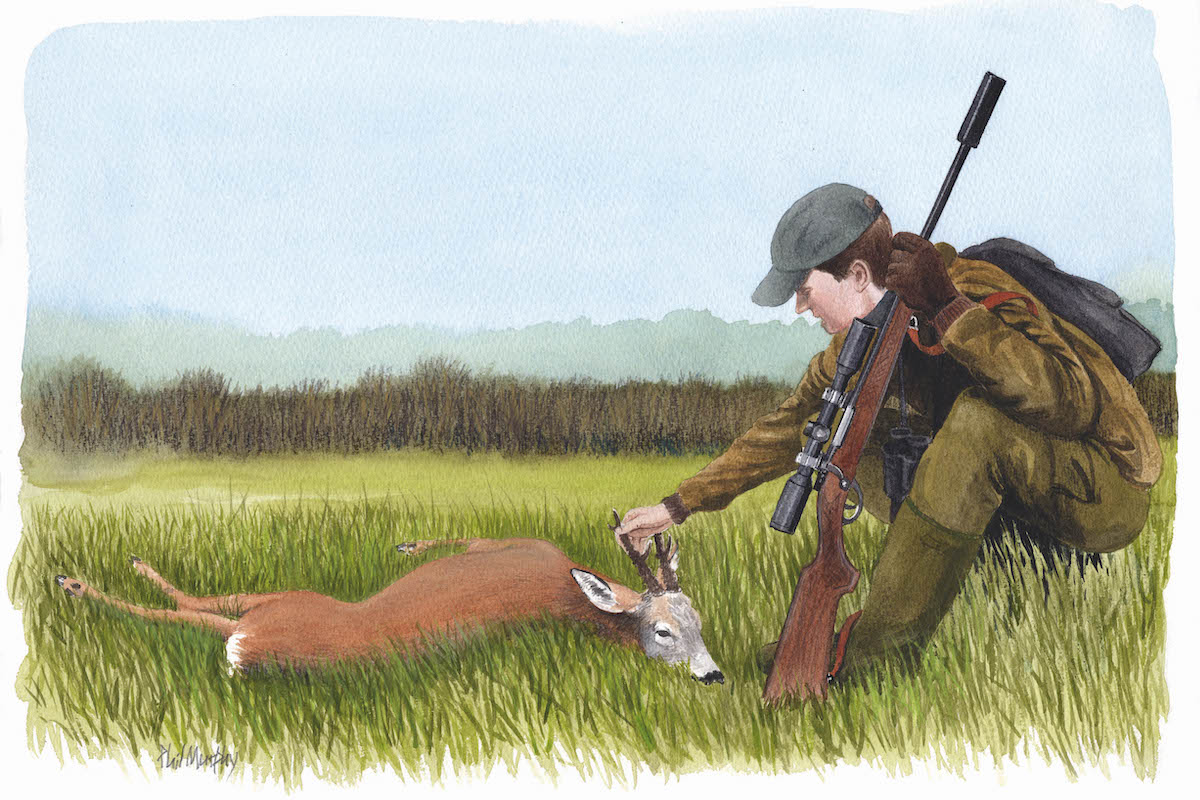Why has the value of meat dropped?
The cost of stalking was once offset by selling the resulting meat but, in real terms, the value of venison has declined by something like 90%, says Alasdair Mitchell

It is sobering to think that, within living memory, the cost of a day’s red deer stalking in Scotland could be largely offset by selling the carcass. In real terms, the cost of the sport was much the same as today – perhaps even slightly higher. The big change has been the dramatic plunge in the value of the meat.
I base this observation on the figures detailed in a book called Deer Stalking in the Scottish Highlands 1940-1990, by Michael Forsyth-Grant. As far as I can work out, the inflation-adjusted value of venison seems to have declined by something like 90% since those days. Yet modern training and meat hygiene regulations mean that today’s wild venison almost certainly reaches the human food chain in better condition than used to be the case. What’s going on?

Today’s wild venison almost certainly reaches the human food chain in better condition than used to be the case
Rationing
Food rationing continued for years after the end of World War II. Meat was the last item to come off rationing, in 1954. Today, meat from all sources is ridiculously cheap by historical standards. We have never had as many wild deer and gamebirds to shoot at as we have today. And of course, there were hardly any deer farms decades ago. Today, there are about 400 deer farms in the UK, hosting 30,000 deer. These figures are dwarfed by New Zealand, which is thought to have one million farmed deer.

Meat did not come off the ration until 1954
Furthermore, a lot of today’s consumers prefer not to have food that looks like it came from an animal. They have been conditioned to buying neatly wrapped, pre-prepared food or ready meals. In many cases, the only way to sell game is to process it into burgers or cuts.
People who are happy to eat venison or duck in a restaurant may baulk at having to cook it at home. It’s a sign of the times that woodpigeon, which had a ready market for human consumption when I was a boy, only gets a decent price today as food for falconers’ birds, providing it is lead-free.
For all the hand-wringing about food miles, seasonal produce and quality, the British consumer has become addicted to cheap food, often imported.
Despite recent headlines about annual food price inflation hitting 17%, we Brits fork out a lower proportion of our household income on food than almost any other Western nation. It’s not only meat: recent media shrieking about a temporary shortage of cucumbers and tomatoes mostly managed to avoid mentioning the fact that these items currently cost about three times as much in France and Germany.
In the UK, supermarkets impose long-term, fixed-price contracts on farmers. Absurdly low prices are maintained even when the supply fluctuates. In France, when an item is in short supply due, say, to adverse weather, its price increases and consumer demand slackens accordingly. This doesn’t happen in the UK, where the market is rigged and the only safety valve is supply shortages.
If our mainstream food is treated like this, what chance do wild game and venison have?








